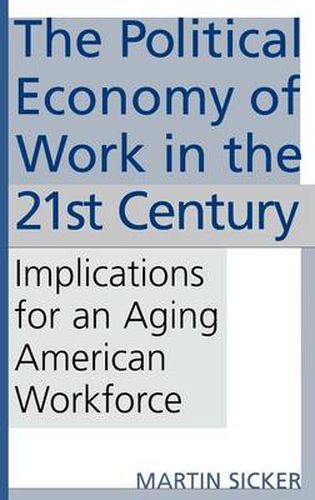Readings Newsletter
Become a Readings Member to make your shopping experience even easier.
Sign in or sign up for free!
You’re not far away from qualifying for FREE standard shipping within Australia
You’ve qualified for FREE standard shipping within Australia
The cart is loading…






When Congress enacted Social Security in 1935, with the age of retirement set at age 65, average life expectancy was 62 years. By the time Medicare was enacted 30 years later, life expectancy had risen to the age of 76 today and may be expected to increase further in the decades to come. Clearly, the increase in post-retirement life expectancy has significant implications for the level of national expenditures attributable to an ageing population. One of the approaches suggested as a solution to the so-called income transfer problem is to redefine old age, that is, to push retirement and its associated benefits off to a later age. This would effectively increase the size of the workforce, with older workers continuing to contribute their payroll taxes for an extended period of time. The critical question Sicker poses is, will there be enough appropriate employment opportunities for a growing number of older workers in the workforce of the future? The evidence for a positive response is far from clear or compelling.
$9.00 standard shipping within Australia
FREE standard shipping within Australia for orders over $100.00
Express & International shipping calculated at checkout
When Congress enacted Social Security in 1935, with the age of retirement set at age 65, average life expectancy was 62 years. By the time Medicare was enacted 30 years later, life expectancy had risen to the age of 76 today and may be expected to increase further in the decades to come. Clearly, the increase in post-retirement life expectancy has significant implications for the level of national expenditures attributable to an ageing population. One of the approaches suggested as a solution to the so-called income transfer problem is to redefine old age, that is, to push retirement and its associated benefits off to a later age. This would effectively increase the size of the workforce, with older workers continuing to contribute their payroll taxes for an extended period of time. The critical question Sicker poses is, will there be enough appropriate employment opportunities for a growing number of older workers in the workforce of the future? The evidence for a positive response is far from clear or compelling.